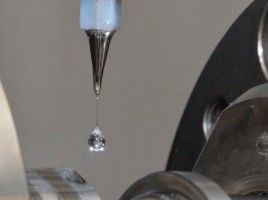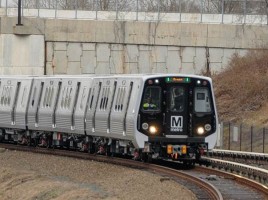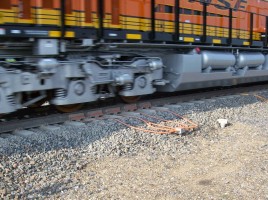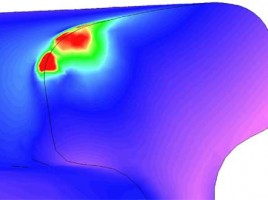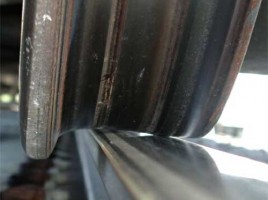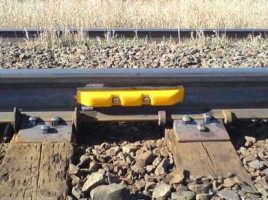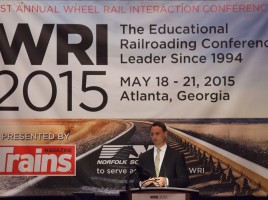
WRI 2015 — Heavy Haul Part 2: A Proactive Approach to Asset Management
By Jeff Tuzik (See Part 1) The benefits of taking a proactive approach to wheel/rail interface management are well known. Year after year at Wheel Rail Interaction conferences, speakers have extolled the benefits of moving away from costly reactive maintenance strategies. The “firefighting” method of moving from one critical exception to …

